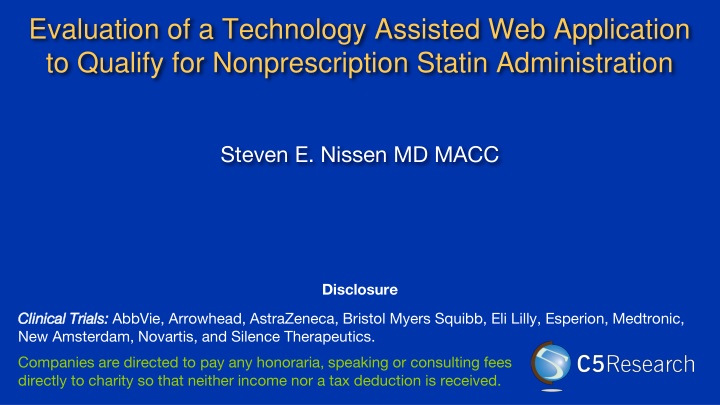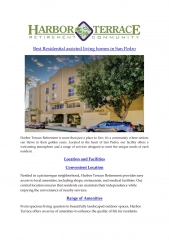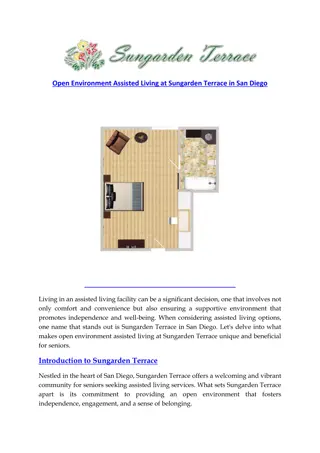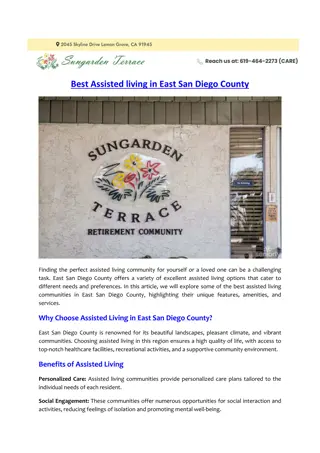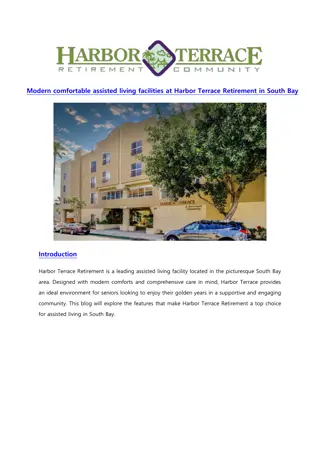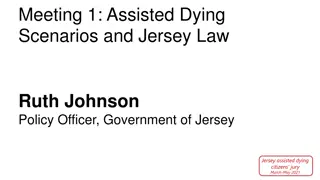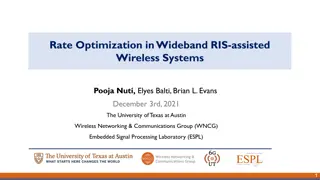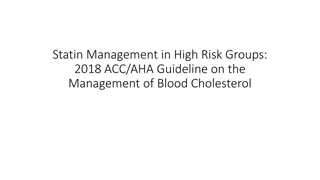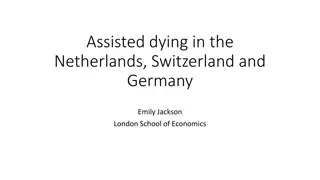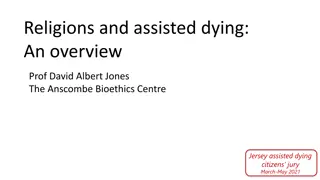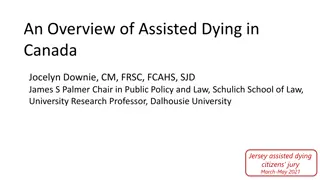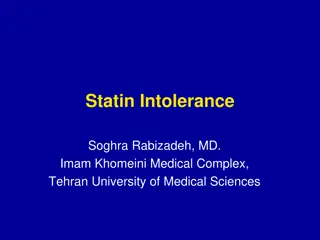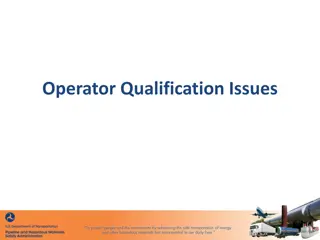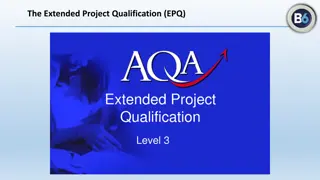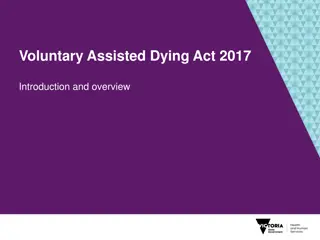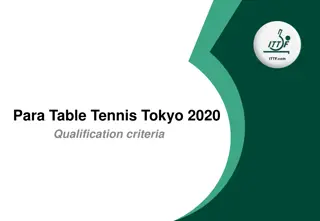Evaluation of Technology-Assisted Web Application for Nonprescription Statin Qualification
This study led by Dr. Steven E. Nissen explores a novel Web Application aimed at helping consumers qualify for nonprescription access to rosuvastatin (5 mg) based on their ASCVD risk scores. The application features innovative eligibility criteria and outcomes, filling a gap in providing statin treatment to eligible patients. Co-authors and sponsors have contributed to the development and testing of this technology-assisted approach.
Download Presentation

Please find below an Image/Link to download the presentation.
The content on the website is provided AS IS for your information and personal use only. It may not be sold, licensed, or shared on other websites without obtaining consent from the author.If you encounter any issues during the download, it is possible that the publisher has removed the file from their server.
You are allowed to download the files provided on this website for personal or commercial use, subject to the condition that they are used lawfully. All files are the property of their respective owners.
The content on the website is provided AS IS for your information and personal use only. It may not be sold, licensed, or shared on other websites without obtaining consent from the author.
E N D
Presentation Transcript
Evaluation of a Technology Assisted Web Application to Qualify for Nonprescription Statin Administration Steven E. Nissen MD MACC Disclosure Clinical Trials: Clinical Trials: AbbVie, Arrowhead, AstraZeneca, Bristol Myers Squibb, Eli Lilly, Esperion, Medtronic, New Amsterdam, Novartis, and Silence Therapeutics. Companies are directed to pay any honoraria, speaking or consulting fees directly to charity so that neither income nor a tax deduction is received.
Co-Authors Steven E. Nissen MD, Howard G. Hutchinson MD, Kathy Wolski MS, Karol Watson MD, Seth S. Martin MD MHS, Erin D. Michos MD, William S. Weintraub MD, Melanie Morris BS, Leslie Cho MD, Luke Laffin MD, Douglas Jacoby MD, Christie M. Ballantyne MD, Jan Ekelund MSc, Philip Birve BS, Venu Menon MD, Michelle Strzelecki RN, and Paul M. Ridker MD Trial sponsor: AstraZeneca
Background Although statins reduce major adverse cardiovascular outcomes, less than half of eligible patients receive treatment. Multiple past attempts to address this problem through OTC statins were unsuccessful in achieving regulatory approval. There were major concerns about inappropriate use by consumers for whom statins could be unnecessary or unsafe. The current study sought to address this problem through a novel technology-assisted self-selection Web Application to qualify consumers for nonprescription access to rosuvastatin (5 mg).
Web App Features Developed as Software as a Medical Device based on FDA guidance. To determine eligibility, uses 10-yr ASCVD risk score (pooled cohort equations) in 2018 Cholesterol Treatment Guidelines and incorporates a proposed Drug Facts Label for rosuvastatin. Possible Outcomes: OK to Use , Ask a Doctor , or Do Not Use. Only those with OK to Use or Ask a Doctor outcome could qualify and enroll.
Outcomes Reported to Non-Qualified Participants Do Not Use Talk to a Doctor
Selected Inclusion and Exclusion Criteria Inclusion: Men or women 20-75 year of age Ability to read and understand English Access to the Internet Exclusion: Women of childbearing potential (unless using acceptable method of birth control) Any healthcare professional (physician, nurse, pharmacist, etc.) or ever employed by healthcare company
1196 Participants Enrolled: Co-Primary Endpoints Compare participant and HCP initial assessments (1stCo-Primary) Virtual VISIT 1 HCP interview; Independent assessment Participant Responds to Ad Completes Web App assessment Qualifies; Order medication Compare participant and HCP final assessments (2ndCo-Primary) Virtual VISIT 2 HCP interview; Independent assessment Retake Web App assessment; Reorder drug Home drug delivery LDL-C Retest (3rdCo-Primary: LDL-C reduction) HCP=Healthcare Professional
1stand 2ndCo-Primary Endpoint Evaluation Process Clinicians conducted virtual visit interviews blinded to participant self-selection outcome assessments. Separate clinical coding team compared participant and clinician outcomes to determine if they were concordant. If the outcomes differed or there was disagreement within the coding team, an adjudication team at the academic coordinating center (C5Research) further assessed concordance.
Statistical Analysis of Co-primary Endpoints 1) Concordance for initial self-selection compared: Success defined as a lower bound of the 95% CI >85% 2) Concordance for final use assessment compared: Success defined as a lower bound of the 95% CI >85% 3) Percent change from baseline in LDL-C determined: Success defined as lower bound of 95% CI < -15%
Baseline Characteristics of Participants (n=1196) Retired 42.0% Age (years) 63 years Full-Time Male (%) 40.6% 60.4% Mean LDL-C Race 139.6 mg/dL Median systolic BP White 130.0 mmHg 79.3% Black Median 10-year risk 10.1% 11.7% College or technical school education grad High school or some college Hispanic 74% 3.2% Limited literacy 25.5% 4.1%
Results: Co-Primary Endpoints 1)Overall concordance between participant and clinician for initial self-selection was 90.7% (95% CI, 88.9 to 92.3). Concordant for Ok to Use 80.3%, Ask a Doctor in 3.9%, and independently adjudicated as concordant in another 6.5%. 2)Final use assessment was concordant in 98.1% (95% CI, 97.1 to 98.8). Concordant for OK to Use 72.4%, Ask a Doctor in 1.2%, and independently adjudicated as concordant in another 17.2%. 3)Mean change in LDL-C was -35.5% (95% CI, -36.6 to -34.3).
Secondary Outcomes Compliance with retesting of LDL-C was 83.8% for the full population and 92.9% for those qualified at all reassessments. Adherence based on pill counts was 95.1% (IQR, 84.6 to 98.9). Compliance with Ask a Doctor and Do Not Use warnings were 83% and 80%, respectively. Instances of noncompliance were not associated with a significant safety risk. No participants experienced a Stop Use warning.
Most Common Adverse Events Any Adverse Event SARS-CoV-2 positive test 52.9% 9.6% Arthralgia 7.0% 5.4% Headache 4.3% Pain in extremity 4.1% Myalgia Adverse Event Leading to Drug Discontinuation Musculoskeletal disorders 7.1% 3.1% General disorder 1.1% Gastrointestinal Disorders Serious Adverse Events (none related to study drug) 0.8% 2.3%
Limitations The study was 6 months in duration. It remains uncertain whether self-selection can lead to long term adherence. Only participants who could read and understand English and who had internet access were enrolled. Other approaches to provide safe access to a nonprescription statin would be required for those who are unable to use technology.
Conclusions In an actual use study of technology assisted self-selection for access to nonprescription rosuvastatin, 90.7% of consumers correctly self-selected for statin use. 98.5% demonstrated correct use during the trial. Participants had a high level of adherence, 92.9% retesting, and achieved clinically meaningful (35.5%) reduction in LDL-C. There were no major safety issues.
A Final Thought With less than half of eligible primary prevention patients receiving statins, innovative approaches to close this treatment gap are needed. The use of a Web App to qualify for a nonprescription statin has the potential to expand access and reduce subsequent major cardiovascular events.
